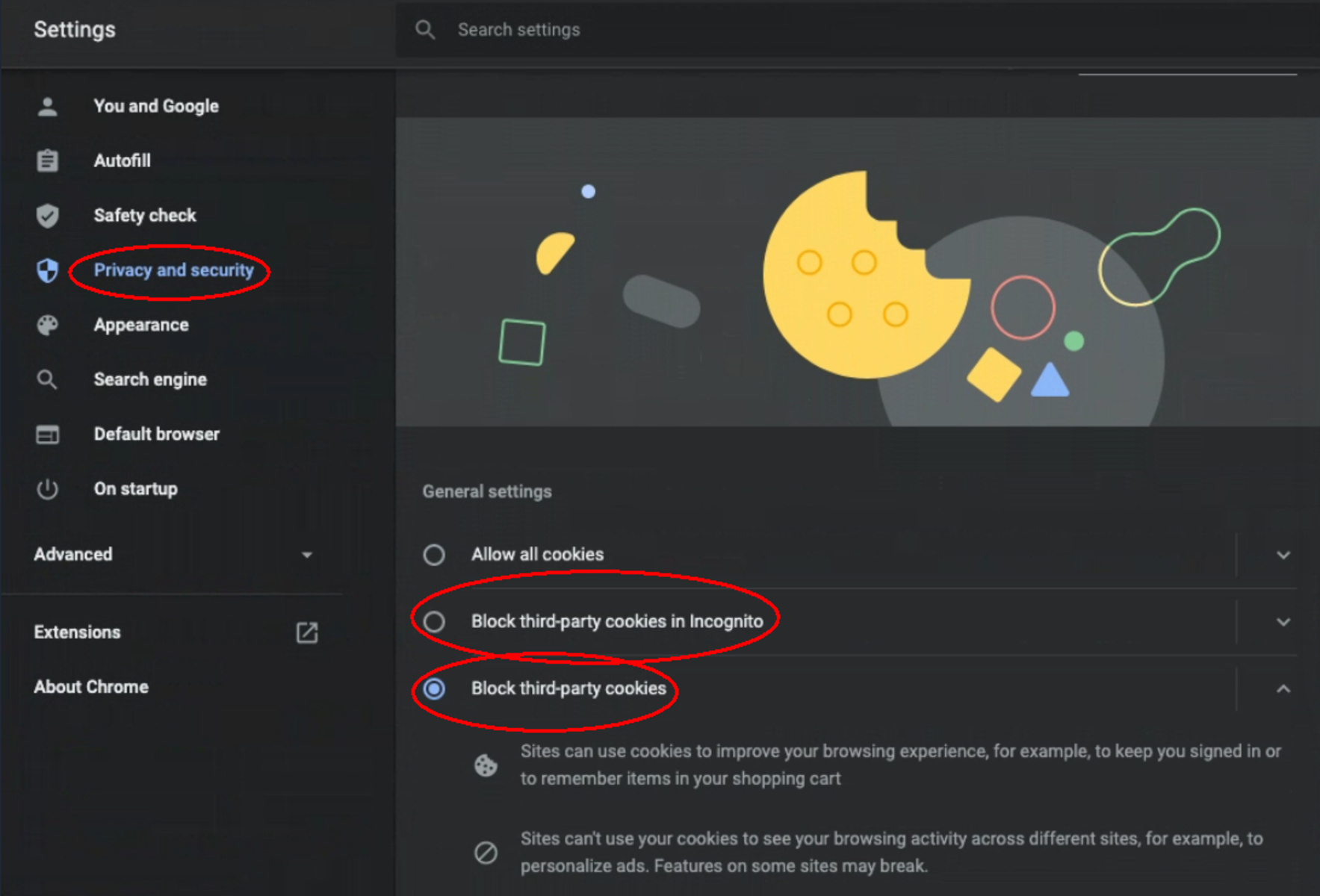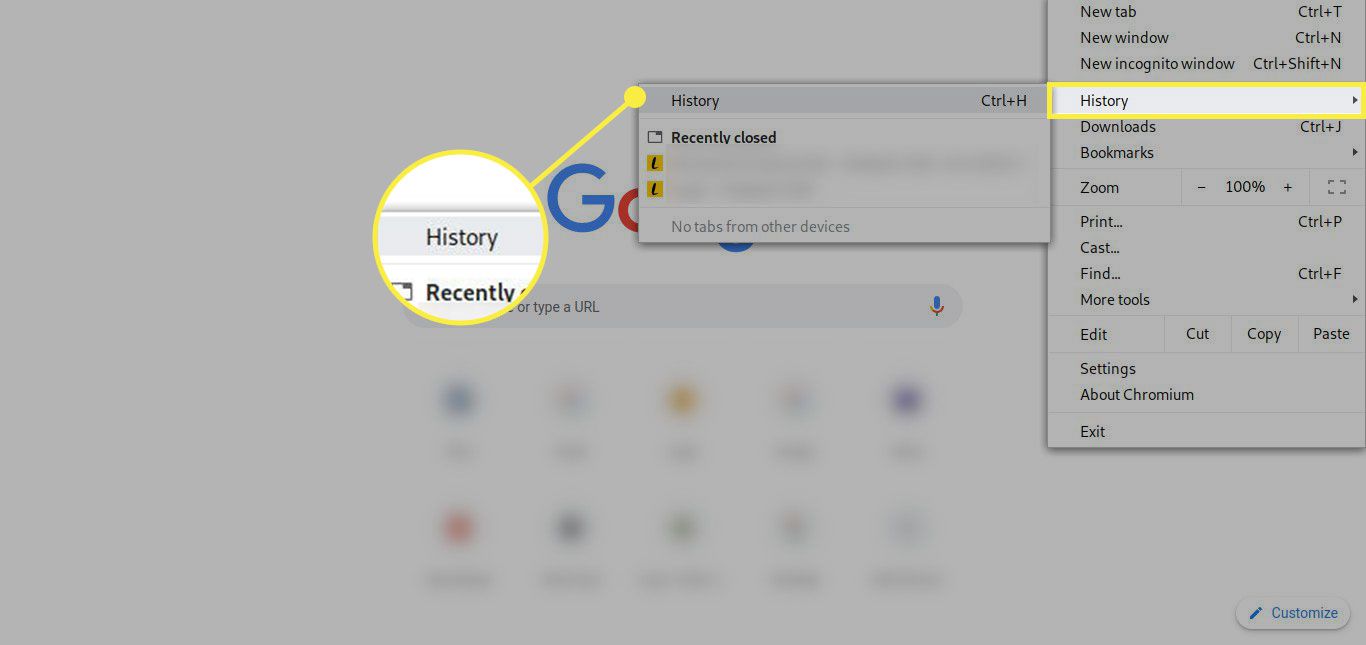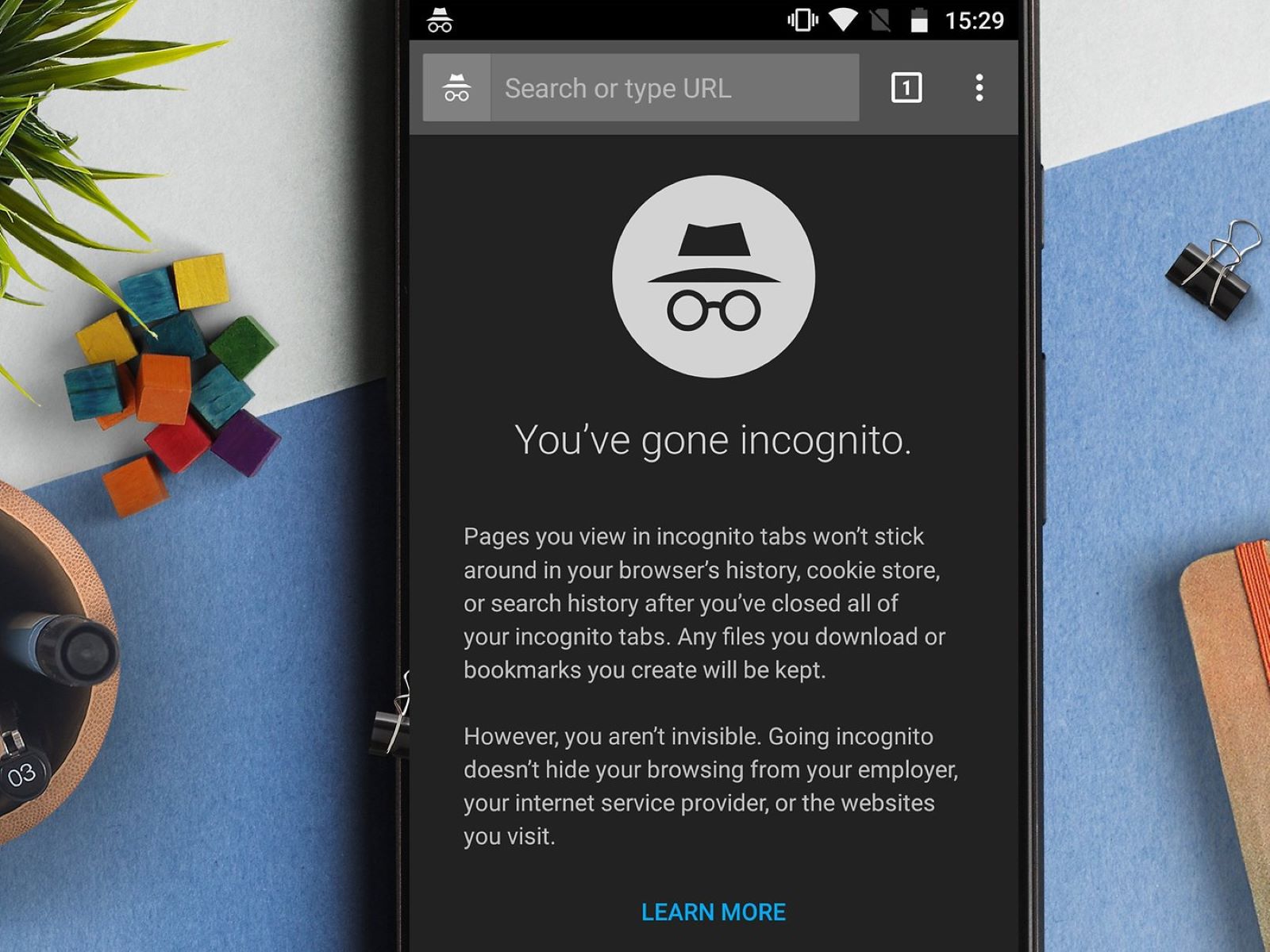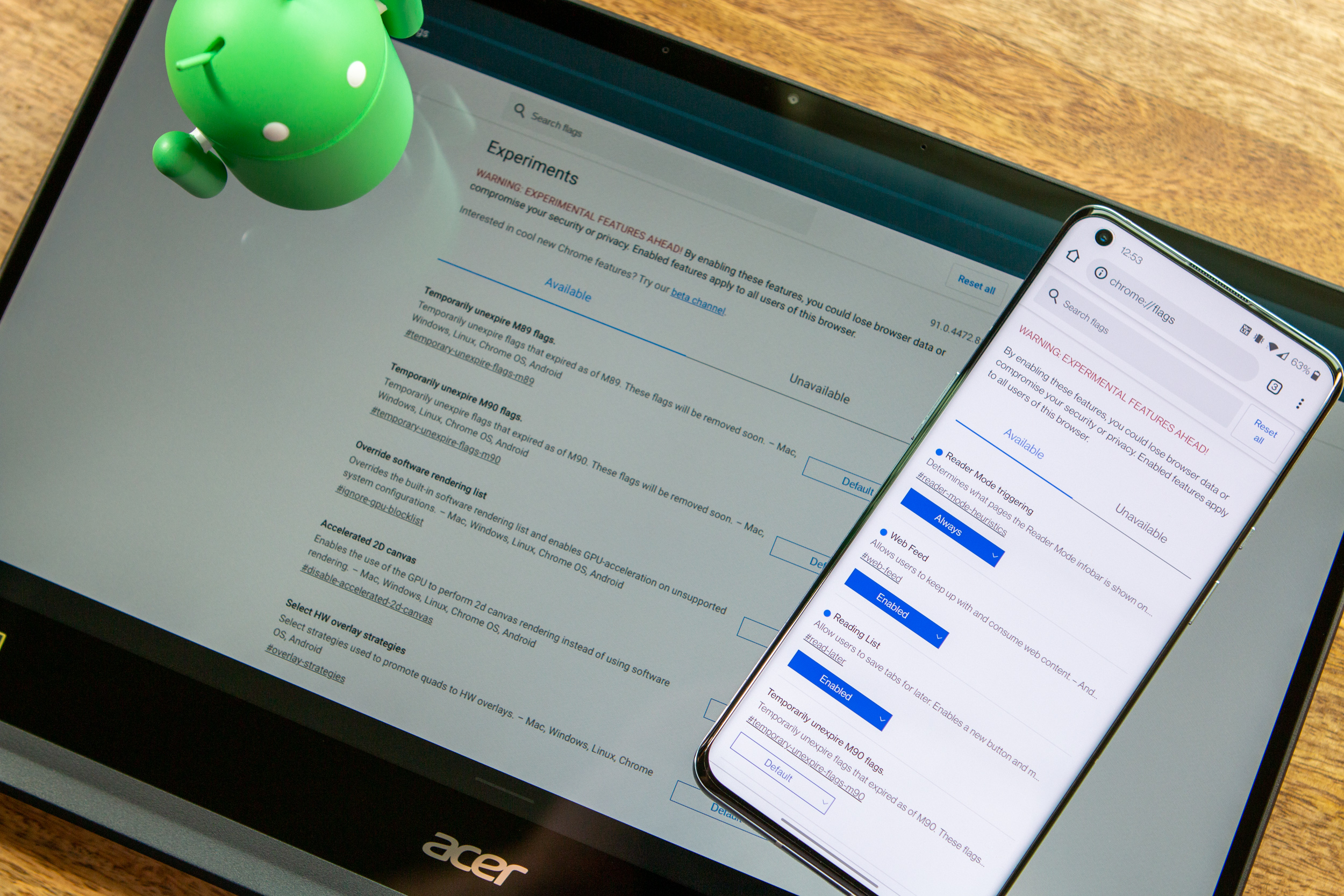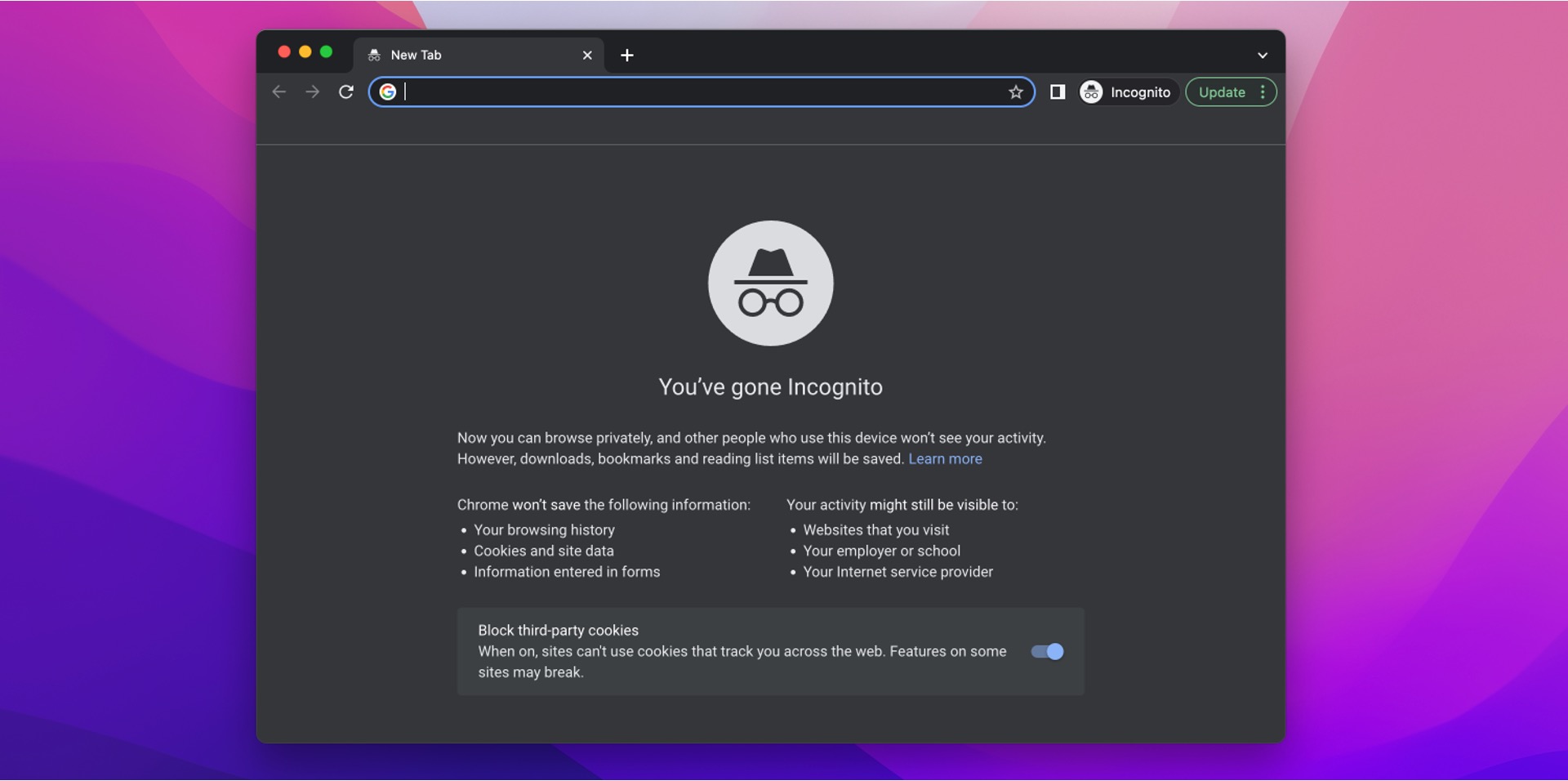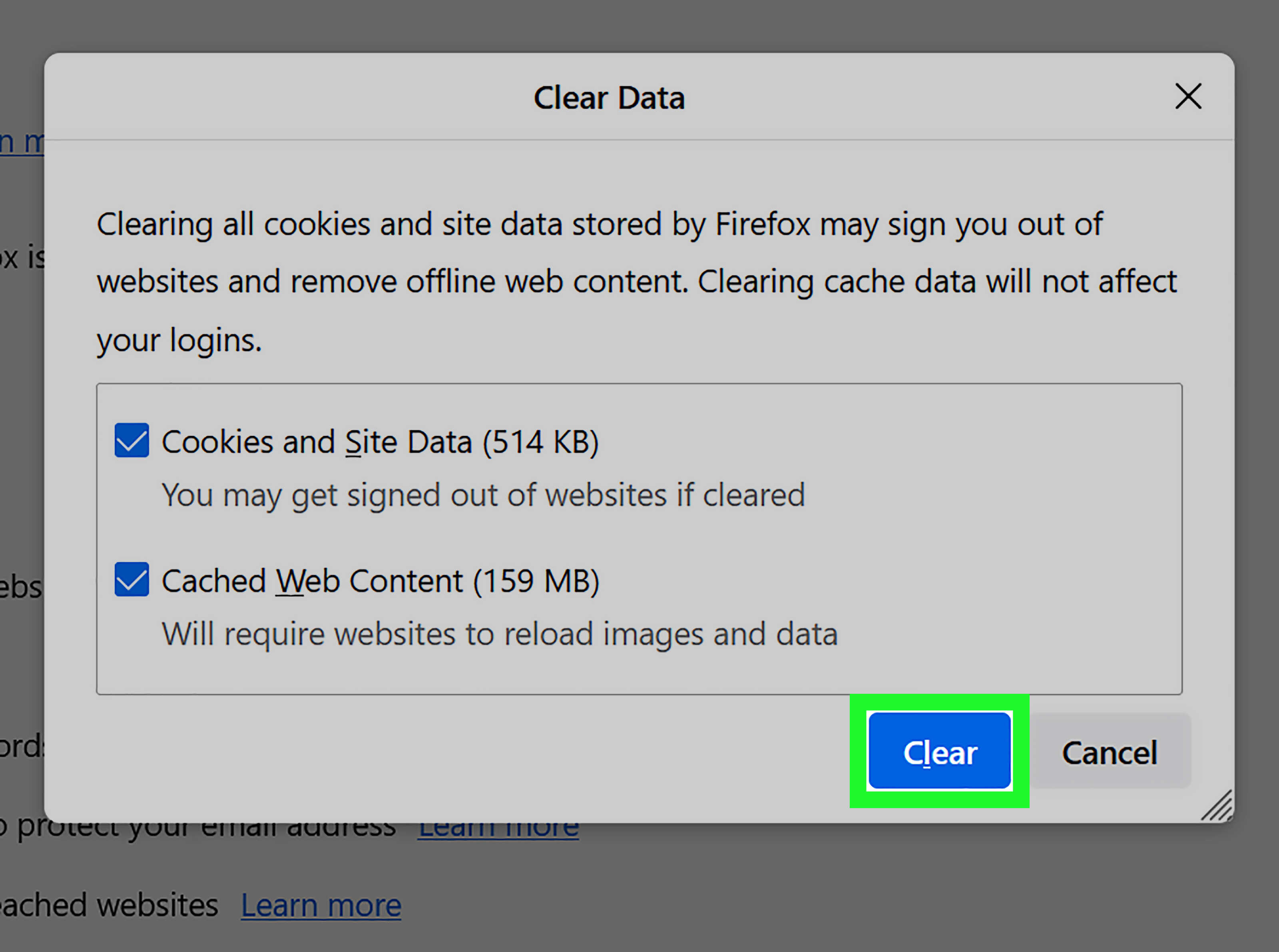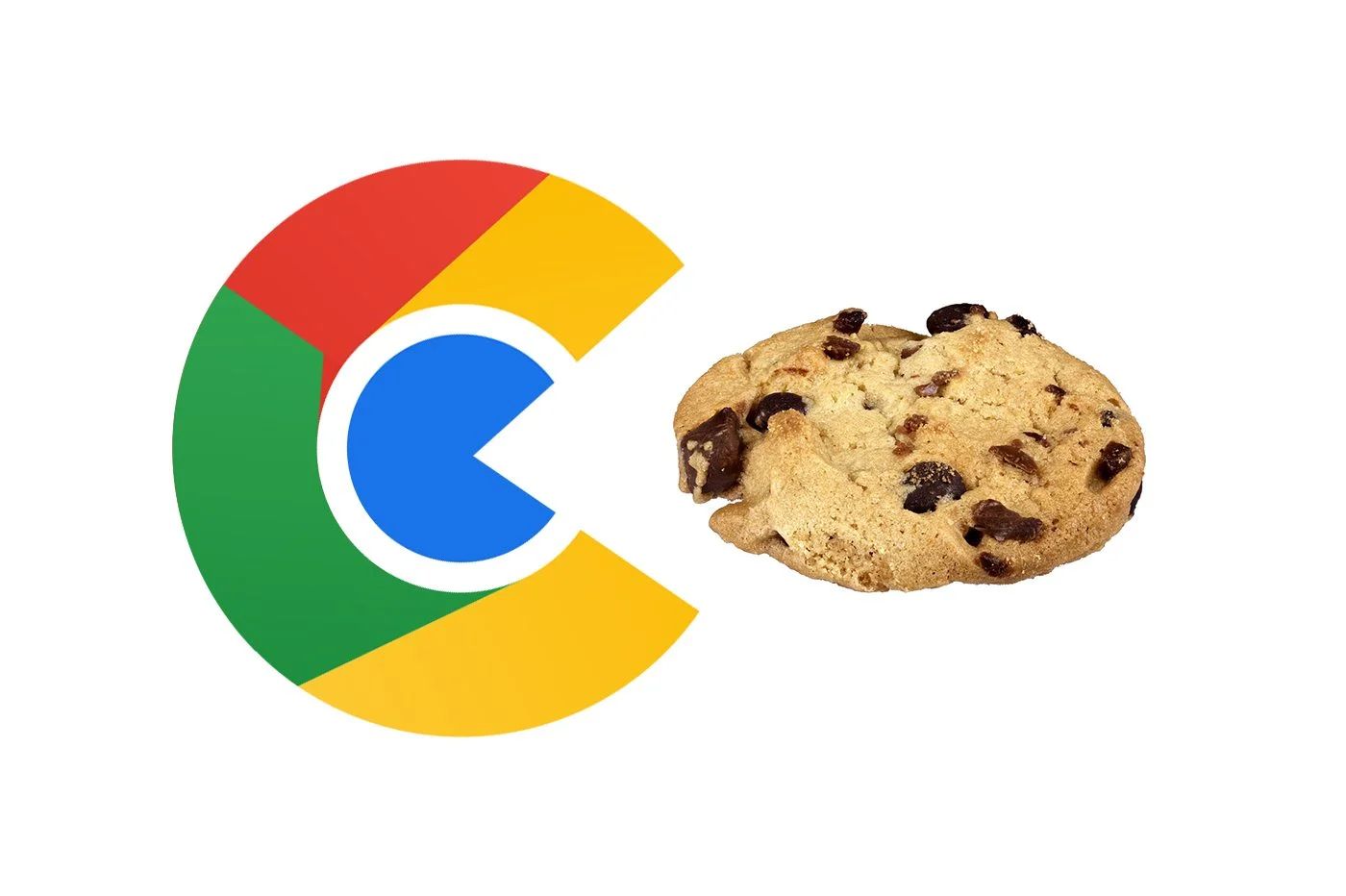Introduction
Cookies are small pieces of data stored on your computer by websites you visit. These cookies serve various purposes, such as remembering your login information, personalizing your browsing experience, and keeping track of your preferences. While cookies can be useful in many ways, there are times when you may want to delete them to protect your privacy, clear unwanted clutter, or resolve browsing issues.
In this article, we will explore how to delete cookies in different web browsers, including Chrome, Firefox, Safari, Microsoft Edge, Internet Explorer, Opera, Brave, and Vivaldi. By following these steps, you can easily remove cookies from your browser and start with a clean slate.
It is important to note that deleting cookies will log you out of websites, remove personalized settings, and potentially disrupt some functionality on certain web pages. However, it can also help mitigate privacy concerns and improve browsing performance. It is ultimately up to you to decide when and why you want to delete cookies.
Now, let’s dive into the specific steps for each web browser and learn how to delete cookies effectively.
Why should you delete cookies?
While cookies can enhance your browsing experience, there are several reasons why you might want to delete them:
- Privacy concerns: Some cookies can track your online activity and collect personal information. By deleting cookies, you can reduce the chances of this data being shared or used without your consent.
- Security: Malicious cookies can pose a security risk by storing sensitive information or enabling unauthorized access. Regularly deleting cookies helps minimize this risk.
- Browser performance: Over time, a large number of cookies can slow down your browser and impact its performance. Removing unnecessary cookies can help improve the speed and responsiveness of your browsing experience.
- Customization and preferences: By deleting cookies, you can reset customization settings and start anew. This may be useful if you want to change language preferences, remove saved form data, or reset website preferences.
- Troubleshooting: If you encounter issues on certain websites, deleting cookies can often help resolve problems. This is because corrupt or outdated cookies can interfere with proper website functionality.
- Clearing clutter: Deleting cookies allows you to clear out accumulated data, making it easier to find specific information and reducing clutter in your browsing history.
It is important to note that deleting cookies may also have some drawbacks. For example, you may need to re-enter login credentials when revisiting websites, and some websites may not function optimally without specific cookies. However, by understanding the potential benefits and considering your own privacy and performance needs, you can make an informed decision about when and why to delete cookies.
How to delete cookies in Chrome
Google Chrome is one of the most popular web browsers, and deleting cookies from Chrome is a straightforward process. Here’s how:
- Open the Chrome browser on your computer.
- Click on the three-dot menu icon in the top-right corner of the browser window.
- In the dropdown menu, hover over “More tools” and then click on “Clear browsing data.”
- A new tab will open with the “Clear browsing data” menu. You can also access this menu directly by pressing
Ctrl+Shift+Delete. - In the “Clear browsing data” menu, you can choose the time range for which you want to delete cookies. If you want to delete all cookies, select “All time.”
- Make sure the box next to “Cookies and other site data” is checked. You can also choose to delete other browsing data like cached images and files, browsing history, and more.
- Click on the “Clear data” button to delete the selected cookies and browsing data.
After clearing the cookies, you may need to reload the websites you visit to log in again or restore personalized preferences. Chrome will now have a fresh start without the cookies you deleted.
Remember that deleting cookies in Chrome will also remove other browsing data that you selected. This can include your browsing history, saved passwords, and more. If you want to retain some of this data, make sure to uncheck the corresponding boxes in the “Clear browsing data” menu.
By regularly deleting cookies in Chrome, you can ensure better privacy, security, and browsing performance.
How to delete cookies in Firefox
Mozilla Firefox is a popular web browser known for its privacy features. If you use Firefox and want to delete cookies, follow these simple steps:
- Open the Firefox browser on your computer.
- Click on the three-line menu icon in the top-right corner of the browser window, also known as the “hamburger” menu icon.
- In the dropdown menu, click on “Options.”
- In the left sidebar, select “Privacy & Security.”
- Scroll down to the “Cookies and Site Data” section.
- Click on the “Clear Data” button next to “Cookies and Site Data.”
- In the pop-up window, ensure that the box next to “Cookies and Site Data” is checked.
- Optionally, you can also check other boxes to clear additional browsing data like cache, browsing history, and more.
- Click on the “Clear” button to delete the selected cookies and browsing data.
After clearing the cookies, you might need to refresh the websites you visit to log in again or restore personalized settings. Firefox will now have a clean slate without the cookies you deleted.
It’s worth noting that deleting cookies in Firefox can also remove other browsing data that you selected. To retain specific data, uncheck the corresponding boxes in the “Clear Data” window.
By regularly deleting cookies in Firefox, you can protect your privacy, improve security, and maintain a smoother browsing experience.
How to delete cookies in Safari
Safari is the default web browser for Apple devices. If you use Safari and want to delete cookies, you can follow these steps:
- Open the Safari browser on your Apple device.
- Click on “Safari” in the top menu bar and select “Preferences” from the dropdown menu.
- In the Preferences window, click on the “Privacy” tab.
- Click on the “Manage Website Data” button.
- A new window will open, displaying a list of websites that have stored data on your device. You can search for specific websites or scroll through the list to find the websites whose cookies you want to delete.
- Select the websites whose cookies you want to delete by clicking on them, or click on “Remove All” to delete all the cookies stored by websites.
- Click on the “Remove” button to delete the selected cookies.
- Close the Manage Website Data window and the Preferences window.
After deleting the cookies, you may need to refresh the websites you visit to log in again or restore any personalized settings associated with those websites.
Deleting cookies in Safari can help protect your privacy and free up storage space on your device. However, it’s important to note that deleting cookies can affect your browsing experience as certain websites may require cookies to function properly.
By periodically deleting cookies in Safari, you can ensure better privacy and maintain a smoother browsing experience on your Apple device.
How to delete cookies in Microsoft Edge
Microsoft Edge is the default web browser for Windows 10 and offers a built-in feature to delete cookies. If you use Microsoft Edge and want to delete cookies, you can follow these simple steps:
- Open the Microsoft Edge browser on your computer.
- Click on the three-dot menu icon in the top-right corner of the browser window.
- In the dropdown menu, hover over “History” and then click on “History” from the sub-menu.
- A new tab will open, showing your browsing history. On the left sidebar, under “Clear browsing data,” click on “Clear browsing data.”
- In the “Clear browsing data” window, ensure that the box next to “Cookies and saved website data” is checked.
- Optionally, you can also check other boxes to delete additional browsing data like cache, browsing history, and more.
- Choose the time range for which you want to delete cookies. If you want to delete all cookies, select “All time.”
- Click on the “Clear” button to delete the selected cookies and browsing data.
Once you have cleared the cookies, you may need to refresh the websites you visit to log in again or restore personalized settings. Microsoft Edge will now have a fresh start without the cookies you deleted.
It’s important to note that deleting cookies in Microsoft Edge will also remove other browsing data that you selected. If you want to retain certain data, make sure to uncheck the corresponding boxes in the “Clear browsing data” window.
By regularly deleting cookies in Microsoft Edge, you can enhance your privacy, improve security, and maintain a more efficient browsing experience.
How to delete cookies in Internet Explorer
Internet Explorer, although less commonly used nowadays, still has a significant user base. If you are using Internet Explorer and want to delete cookies, follow these steps:
- Open Internet Explorer on your computer.
- Click on the gear icon in the top-right corner of the browser window to open the Tools menu.
- In the Tools menu, select “Internet Options.”
- In the Internet Options window, navigate to the “General” tab.
- Under the “Browsing history” section, click on the “Delete…” button.
- A new window will open with various options to delete browsing history. Make sure the box next to “Cookies and website data” is checked.
- Optionally, you can also check other boxes to clear additional browsing data like temporary internet files, browsing history, and more.
- Click on the “Delete” button to delete the selected cookies and browsing data.
After deleting the cookies, you may need to refresh the websites you visit to log in again or restore personalized settings.
Please note that deleting cookies in Internet Explorer will also remove other browsing data that you selected. If you want to retain certain data, uncheck the corresponding boxes in the “Delete Browsing History” window.
Regularly deleting cookies in Internet Explorer can help protect your privacy, improve security, and ensure a smoother browsing experience.
How to delete cookies in Opera
Opera is a popular web browser known for its speed and efficiency. If you use Opera and want to delete cookies, you can follow these simple steps:
- Open the Opera browser on your computer.
- Click on the Opera menu icon in the top-left corner of the browser window.
- In the dropdown menu, hover over “History” and then click on “Clear browsing data” from the sub-menu.
- A new tab will open with the “Clear browsing data” menu.
- In the “Basic” tab, make sure the box next to “Cookies and other site data” is checked.
- Optionally, you can also check other boxes to delete additional browsing data like cache, browsing history, and more.
- Choose the time range for which you want to delete cookies. If you want to delete all cookies, select “All time.”
- Click on the “Clear data” button to delete the selected cookies and browsing data.
After clearing the cookies, you may need to refresh the websites you visit to log in again or restore personalized settings. Opera will now have a clean slate without the cookies you deleted.
It’s important to note that deleting cookies in Opera will also remove other browsing data that you selected. If you want to keep certain data, uncheck the corresponding boxes in the “Clear browsing data” menu.
By regularly deleting cookies in Opera, you can enhance your privacy, improve security, and maintain a more efficient browsing experience.
How to delete cookies in Brave
Brave is a privacy-focused web browser that offers built-in ad-blocking and enhanced security features. If you use Brave and want to delete cookies, follow these steps:
- Open the Brave browser on your computer.
- Click on the three-line menu icon in the top-right corner of the browser window.
- In the dropdown menu, hover over “Settings” and then click on “Privacy and security.”
- In the “Privacy and security” settings, scroll down to the “Clear browsing data” section.
- Click on the “Clear browsing data” button.
- A new tab will open with the “Clear browsing data” menu. Ensure that the box next to “Cookies and other site data” is checked.
- Optionally, you can also check other boxes to delete additional browsing data like cache, browsing history, and more.
- Choose the time range for which you want to delete cookies. If you want to delete all cookies, select “All time.”
- Click on the “Clear data” button to delete the selected cookies and browsing data.
After clearing the cookies, you may need to refresh the websites you visit to log in again or restore personalized settings. Brave will now have a clean slate without the cookies you deleted.
It’s important to note that deleting cookies in Brave will also remove other browsing data that you selected. If you want to retain specific data, uncheck the corresponding boxes in the “Clear browsing data” menu.
By regularly deleting cookies in Brave, you can enhance your privacy, improve security, and enjoy a faster and more streamlined browsing experience.
How to delete cookies in Vivaldi
Vivaldi is a feature-rich web browser known for its customization options and advanced browsing functionality. If you use Vivaldi and want to delete cookies, you can follow these steps:
- Open the Vivaldi browser on your computer.
- Click on the Vivaldi menu icon in the top-left corner of the browser window.
- In the dropdown menu, hover over “History” and then click on “Clear browsing data” from the sub-menu.
- A new tab will open with the “Clear browsing data” menu.
- Make sure the box next to “Cookies and other site data” is checked.
- Optionally, you can also check other boxes to delete additional browsing data like cache, browsing history, and more.
- Choose the time range for which you want to delete cookies. If you want to delete all cookies, select “All time.”
- Click on the “Clear browsing data” button to delete the selected cookies and browsing data.
After clearing the cookies, you may need to refresh the websites you visit to log in again or restore personalized settings. Vivaldi will now have a clean slate without the cookies you deleted.
It’s important to note that deleting cookies in Vivaldi will also remove other selected browsing data. If you want to retain certain data, uncheck the corresponding boxes in the “Clear browsing data” menu.
By regularly deleting cookies in Vivaldi, you can protect your privacy, enhance security, and maintain a more efficient browsing experience tailored to your preferences.
Conclusion
Deleting cookies from your web browser is a simple yet effective way to protect your privacy, improve security, and maintain a smoother browsing experience. Whether you use Chrome, Firefox, Safari, Microsoft Edge, Internet Explorer, Opera, Brave, or Vivaldi, the process of deleting cookies is fairly straightforward.
By regularly clearing cookies, you can minimize data tracking, reduce security risks, and free up storage space on your device. Keep in mind that deleting cookies may log you out of websites and remove personalized settings, but it can also help resolve browsing issues and improve performance.
Remember to choose the appropriate time range for deleting cookies based on your specific needs. If you want a fresh start, select “All time.” However, if you only want to remove cookies from a specific period, choose the corresponding time range.
It is also important to note that deleting cookies may affect some websites that rely on cookies for proper functionality. In such cases, you may need to log in again or reset personalized preferences.
Overall, understanding how to delete cookies in your preferred browser empowers you to take control of your online privacy and browsing experience. By regularly clearing cookies, you can enjoy a safer, more efficient, and personalized internet experience.









